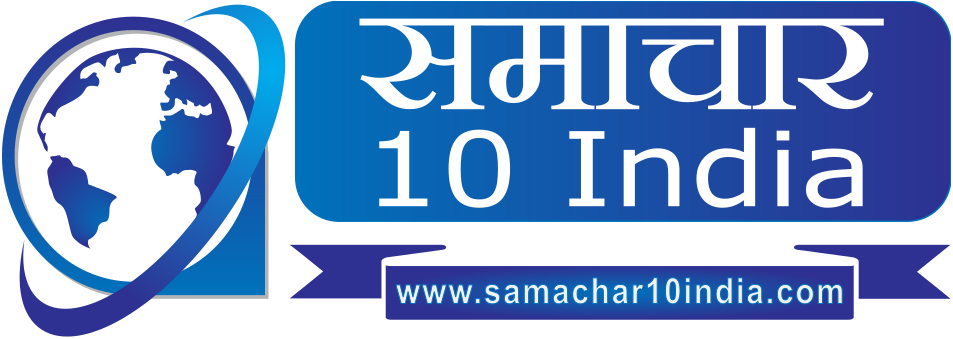Pulmonary high blood pressure (PH) is a persistent condition identified by hypertension in the arteries of the lungs. As the disease advances, it can get to a sophisticated stage called end-stage lung hypertension. At this moment, individuals experience serious signs and symptoms and require customized care to handle their problem successfully. Identifying these symptoms is vital for prompt treatment as well as boosted lifestyle. This short article aims to supply an insightful overview of the principal signs and symptoms of end-stage pulmonary high blood pressure.
Comprehending Pulmonary High Blood Pressure
Lung hypertension takes place when the capillary in the lungs narrow, end up being stiff, or get obstructed. Therefore, the heart needs to function harder to pump blood via the lungs, causing raised pressure within the pulmonary arteries. Gradually, this too much stress can damage the heart and hinder its ability to operate correctly.
There are five different sorts of lung hypertension, each with its details reasons. These types include pulmonary arterial high blood pressure (PAH), pulmonary hypertension because of left cardiovascular disease, pulmonary high blood pressure because of lung diseases and/or hypoxia, persistent thromboembolic lung hypertension, as well as lung hypertension with vague and/or multifactorial systems.
End-stage lung hypertension refers to the sophisticated phase of the illness where signs are commonly serious, and the condition has significantly impacted a person’s every day life.
Typical Signs And Symptoms of End-Stage Pulmonary Hypertension
1.Shortness of Breath: One of the most common signs and symptoms of end-stage pulmonary hypertension is shortness of breath, additionally called dyspnea. As the disease proceeds, even easy activities such as strolling or climbing up stairways can become tough, leaving tonerin para que sirve people out of breath and also exhausted.
2.Exhaustion: People with end-stage lung hypertension may experience a relentless sensation of tiredness and also reduced energy levels. This tiredness can be devastating, making it tough to perform everyday tasks.
3.Chest Discomfort: Chest pain, additionally described as angina, can be an indicator of end-stage lung high blood pressure. This pain might happen during exercise or at rest and is commonly referred to as a tightness or stress experience in the upper body.
4.Swelling: The accumulation of liquid in the legs, ankle joints, and also feet, known as outer edema, is a typical signs and symptom of innovative lung hypertension. This swelling takes place because of the buildup of stress in the blood vessels, triggering fluid leakage right into the surrounding tissues.
5.Cyanosis: Cyanosis is identified by a blue color to the lips, skin, or nails resulting from insufficient oxygenation of the blood. In end-stage lung hypertension, decreased oxygen levels in the bloodstream can result in this visible discoloration.
6.Collapsing or Lightheadedness: As the heart’s pumping capability comes to be jeopardized, people with end-stage pulmonary high blood pressure may experience episodes of fainting or really feel lightheaded. These episodes occur as a result of insufficient blood flow to the brain.
7.Irregular Heartbeat: End-stage pulmonary high blood pressure can create an uneven heartbeat, likewise known as arrhythmia. This uncommon heart rhythm might lead to palpitations, a sensation of the heart battering or trembling in the breast.
- Additional Signs:
Besides the main signs and symptoms cholestoff plus stated above, people with end-stage pulmonary high blood pressure may additionally experience various other additional signs, including:
- Trouble concentrating or confusion
- Decreased appetite as well as unintentional weight reduction
- Rest disruptions, such as sleeping disorders or sleep apnea
- Stress and anxiety or depression
- Weak point or muscle mass aches
- Excessive sweating
- Lowered urine result
Looking For Medical Attention
It is vital for individuals experiencing these signs to look for clinical interest immediately. Detecting end-stage pulmonary high blood pressure commonly entails an extensive examination, consisting of case history, physical examination, imaging tests, and also specialized assessments of lung as well as heart function.
Early diagnosis and treatment can aid handle signs and symptoms, sluggish disease development, and also potentially boost quality of life. Therapy alternatives for end-stage pulmonary high blood pressure may include medicines, oxygen treatment, way of living modifications, and also in severe instances, lung transplant.
Conclusion
End-stage pulmonary high blood pressure is a significant problem with devastating signs. Recognizing the indications of innovative condition is essential for reliable management and prompt intervention. If you or a person you understand experiences persistent lack of breath, fatigue, breast pain, swelling, cyanosis, or various other related signs and symptoms, it is essential to seek medical attention immediately for an exact diagnosis as well as appropriate therapy.
Bear in mind, early intervention is type in enhancing results as well as boosting the quality of life for individuals dealing with end-stage lung high blood pressure.


